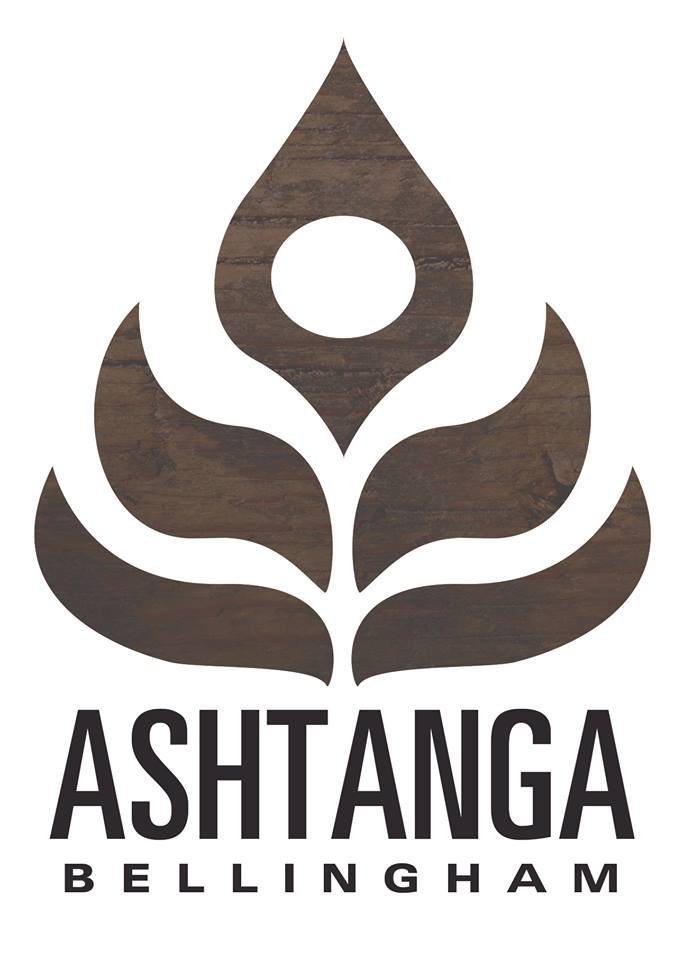Ashtanga “Vinyasa” Yoga explained
Ashtanga Vinyasa Yoga is a universal bhakti (devotional) yoga practice which utilizes hatha yoga techniques primarily in the form of asana and pranayama. The purpose of the practice is to still the fluctuations of mind, releasing the power of the inner being (“purusha”) so that humans can live to their fullest potential (Yoga Sutra 1:3). The yoga sequences of Ashtanga Vinyasa Yoga are derived from a centuries old manuscript called Yoga Korunta.
The legendary Yoga Korunta was recovered by the great sage and yoga master Tirumalai Krishnamacharya early in the 20th century, in India. The postures (asana) within the Korunta were various and challenging, and have been improved and refined over the course of many generations through guided practice and research within the lineage, always between one teacher and one student (“guru parampara”). This lineage may date all the way back to the days of the Yoga Sutras of Patanjali, some 2000 years ago, but the postures practiced in the lineage today are much different than the way Ashtanga Yoga was practiced back then. To gain success in Ashtanga Yoga it is not necessary to know its history, but maybe you will find success if you recognize that the pursuit of Kaivalya (Yoga Sutra 2:24-25) and “union with the self” or Samadhi is constant, and will forever be the goal of yoga, while the practice techniques, rituals, and form of devotion used must be adapted to each individual, and for each individual adapted to their changing situation in life. This was at the core of Krishnamacharya’s teachings.
So, the techniques of Ashtanga Vinyasa Yoga were brought to the modern world through yoga master Tirumalai Krishnamacharya, who taught the practices to his student, Sri K Pattabhi Jois. Jois led the global Ashtanga community for decades in the late 20th century, and passed the teaching on to several people. Jois both learned Ashtanga Yoga, and taught Ashtanga Yoga in the city of Mysuru, commonly called “Mysore” by westerners. Several of the teachers in the United States learned there. In the Northwestern United States, Ashtanga Vinyasa Yoga was originally brought to Seattle by David and Catherine Garrigues who began the first “Mysore style” traditional Ashtanga Yoga School in Seattle. Both David and Catherine were devoted students of Pattabhi Jois, and taught the same method to their students. One of their students founded Ashtanga Yoga Bellingham in 2012.
Notably, while Krishnamacharya had very specific rules by which yoga was to be utilized, and taught in great detail very exacting methods of transitions, postures, breathing systems, and ethical disciplines, he gave yoga freely to all who would be willing to undertake it for legitimate reasons. This style of yoga, he explained, was not to be given to those unwilling to dedicate themselves to the practice, and through his life he repeatedly instructed students to keep it out of the hands of those who would pursue yoga for shallow, or selfish purposes. Ashtanga Yoga requires discipline, and is often at odds with modern consumer culture. Many masters of Ashtanga Yoga have retreated into the mountains, or to islands around the world, where they can pursue Kaivalya without the stress and distractions of modernity.
Beyond the postures (asana) of Ashtanga Vinyasa Yoga, there is a holistic way of life, and cosmology that describes the nature of physical evolution and spiritual identity. The practice of Ashtanga Yoga is foreshadowed by the observances of ethical and moral principles in the yoga sutras known as the yamas and niyamas; two forms of ascetic disciplines which accompany our practice of devotional asana and pranayama. Truly, to practice Ashtanga Yoga fully, the lessons learned on the mat transfer into your daily life, and influence deeper aspects of your existence.
Ashtanga Yoga is the origin of almost all yoga practiced today. Ashtanga (“ashtau”=eight, “anga”=limbs) is a sanskrit word that simply refers to the “eight limbed” approach (Yoga Sutra 2:29) of yoga and is defined in the yoga sutras as "yogas-chitta-vritti-nirodaha" -or- the stilling of the mind through practice (Yoga Sutra 1:2). Many people believe that the ancient lineage and traditional power of Ashtanga Yoga, which was known by great sages living in India centuries ago, is now living through the gurus and instructors of the K Pattabhi Jois Ashtanga Yoga Institute in Mysore, located in Southern India.
Ashtanga Yoga Bellingham is a utilitarian, non-dogmatic, research based yoga school which focuses on the individual betterment of human beings by means of the realization of potential through recognition of the self, or purusha, thus removing the conflict/suffering causing roots of delusion (avidya) caused by the existential poison of samsara (cyclic existence). We teach Ashtanga Yoga to people of all abilities through group style led classes, traditional mysore classes, individual instruction, and continual research sessions.
Our code of conduct is strict, and our resolve to remain focused on the practice is unshakeable. We have never sought to be busy, or wealthy; this school does not aim to compete in the marketplace. The goal of school will always be to provide a gateway for new practitioners into the practice of Ashtanga Yoga, and to provide a platform for existing practitioners of Ashtanga Yoga to seek refuge in a safe space, where they can practice yoga in peace, and be empowered on their journey towards Kaivalya.
OM.
